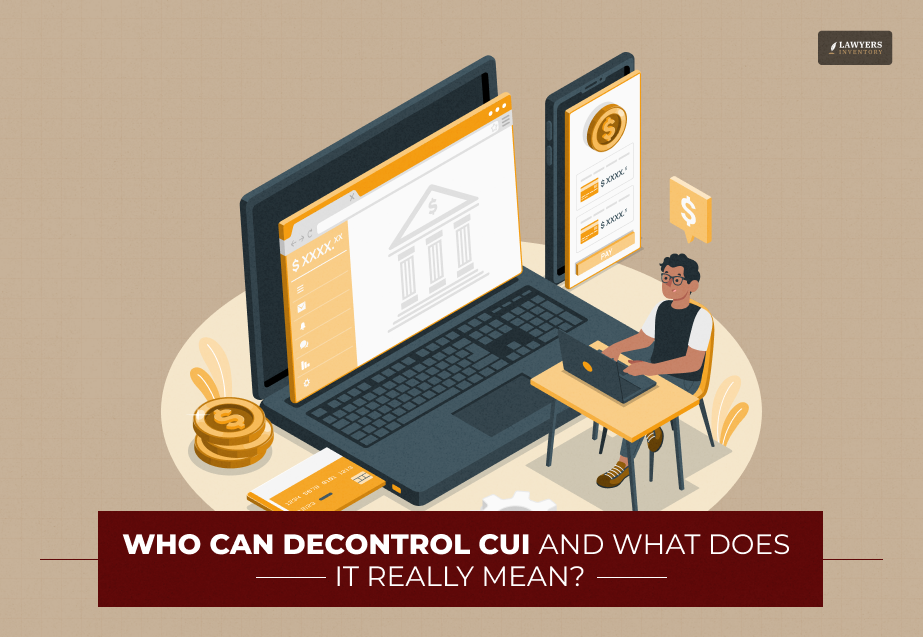
- CUI is one of the most important platforms that aims to standardize the way in which the federal government stores and categorizes unclassified federal information.
- Only the originating agency or authorized offices can decontrol the CUI they created. No outside agency or contractor can make that decision unilaterally.
- Mishandling decontrolled CUI can expose contractors to penalties, lawsuits, or reputational damage.
Controlled Unclassified Information (CUI) is one of the most important categories of federal information in the United States. While it is not classified at the “Confidential,” “Secret,” or “Top Secret” level, it still requires safeguarding and dissemination controls under federal law.
But what happens when this protection is no longer necessary? Who exactly has the authority to decontrol CUI, and what does decontrolling really mean in practice?
In this article, I will explain:
- The concept of decontrol.
- Who can decontrol CUI?
- Why is understanding the process of decontrolling CUI essential?
So, if these are some of the things that you want to know, then keep on reading this blog till the end…
What Is Controlled Unclassified Information (CUI)?
According to the National Archives and Records Administration (NARA), CUI is information that requires safeguarding or dissemination controls but is not classified under Executive Order 13526 or the Atomic Energy Act of 1954.
Examples of CUI include:
- Personally identifiable information (PII).
- Sensitive law enforcement records.
- Financial, legal, or proprietary business information.
- Critical infrastructure data.
- Export control information.
The platform clearly mentions that, established under 32 CFR Part 2002, it is a program that “standardizes the way the executive branch handles unclassified information that requires safeguarding or dissemination controls pursuant to and consistent with law, Federal regulations, and Government-wide policies.”
Who Can Decontrol CUI?
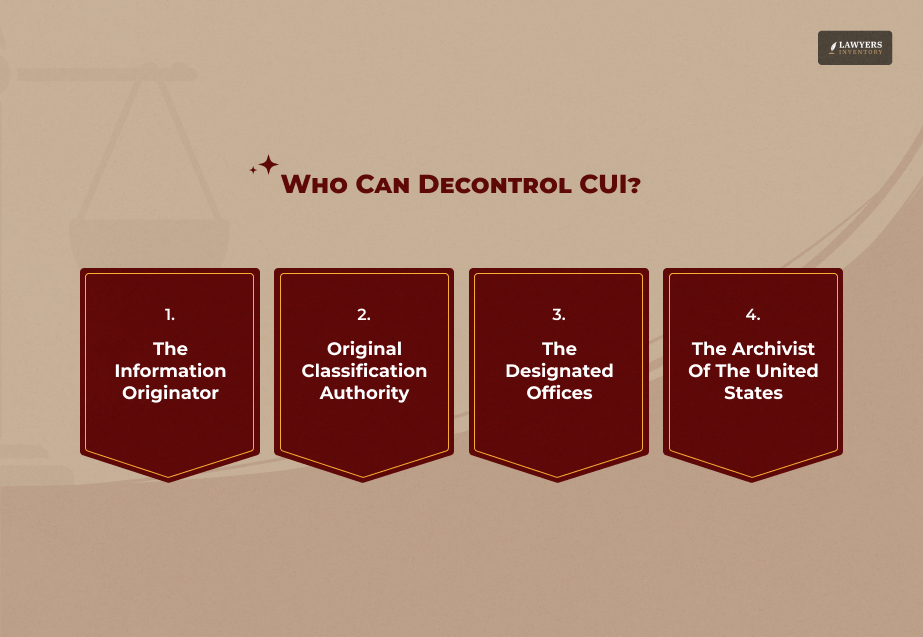
Not everyone can decide when CUI is no longer controlled. Authority lies only with specific officials and agencies, as outlined in 32 CFR § 2002.18.
The RSI Blog states that there are “three primary parties that decontrol CUI, per the Department of Defense’s (DoD) Instruction 5200.48.”
The Information’s Originator
The organization or the unit that first set the information as Controlled Unclassified Information (CUI) or created the information.
For instance, the Department of Homeland Security is the one to unmark or release a classified record. Therefore, only the DHS staff or the authorized officials can do it afterwards.
Original Classification Authority (OCA)
In cases where information is tied to a classification guide, an OCA has the power to issue a decontrol order.
An OCA is an official with the authority to classify, declassify, or decontrol specific categories of information.
Designated Decontrolling Offices
Federal agencies may appoint particular offices or personnel responsible for decontrol. This delegation ensures that decontrol decisions are consistent and not left to individual discretion.
Archivist Of The United States:
When information is transferred to the National Archives, the Archivist can decontrol records if they are deemed appropriate for public access.
How Decontrol Is Initiated?
The Code of Federal Regulations details various instances where decontrol might happen:
- Change in Law, Policy, or Regulation: CUI may be decontrolled if a statute or government-wide policy changes so that a control is no longer required.
- Proactive Disclosure: Agencies could decide to make some information available to the public. Hence, the release may become a source of a decontrol that is entirely automatic.
- Information Access Statutes: A disclosure under the FOIA (5 U.S.C. § 552) or the Privacy Act (5 U.S.C. § 552a) may be the cause of decontrol if the requested information is given out.
- Predetermined Date or Event: In certain cases, CUI has an expiration date or event condition. Thus, the decontrol is made automatically when the date or event happens.
- Transfer to the National Archives: The historical federal records that NARA receives from the agencies might be decontrolled and thus, available to the public.
For example, a government agency that designates budget information as CUI may consolidate it if a law is enacted by Congress that requires disclosure.
What Decontrolling CUI Does NOT Mean?
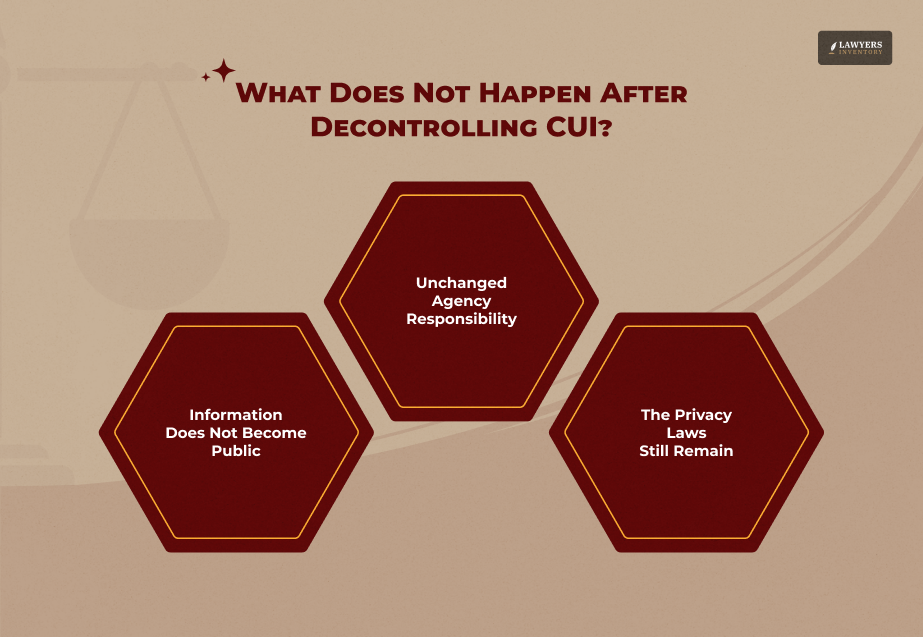
One of the most significant misconceptions about decontrolling is the assumption that it automatically makes data accessible to the public. This is not true.
- Decontrol Does Not Indicate Public Release: The decontrol simply indicates that the information is no longer subject to CUI safeguarding or dissemination. It does not cancel any other legal restrictions that might apply.
- Most Laws Still Stand: To illustrate, a medical record that has been decontrolled is still protected by HIPAA, while a financial record that has been decontrolled may still have limitations due to privacy laws.
- Agency Responsibility Remains: The agencies and contractors must not only be sure that the information is correctly handled in compliance with other laws, but also that there is no mishandling.
You should not see decontrol as the removal of one layer of protection (CUI requirements) rather than the elimination of all legal restrictions.
Responsibilities After Decontrol:
Once information is decontrolled, authorized holders must:
• Remove CUI Markings from the document or record.
• Update Handling Procedures to align with its new status.
• Train Staff to recognize decontrolled information and prevent over-protection.
• Document the Decision for compliance and auditing purposes.
Failure to properly update handling could result in compliance violations, especially for contractors under DFARS or NIST SP 800-171 cybersecurity obligations.
Why Decontrol Matters For Businesses And Contractors?
For federal contractors and legal teams, decontrol decisions have real-world implications:
- Compliance Obligations: Contractors working with CUI must meet strict handling standards. Once CUI is decontrolled, compliance requirements may shift.
- Cost Savings: Maintaining CUI-level protections is expensive. Decontrol can reduce storage, cybersecurity, and monitoring costs.
- Legal & Audit Risks: Mishandling decontrolled CUI—either by over-sharing or by failing to remove markings—can expose contractors to penalties, lawsuits, or reputational damage.
Read Also: Is Section 8 Getting Cut Off: Answering The Most Asked!
What Are The Challenges And Controversies In Decontrolling CUI?
Sometimes it is quite complicated to remove restrictions from Controlled Unclassified Information (CUI). The list below comprises some of the problems related to CUI decontrolling:
- Inconsistently Interpreted Decontrol by Different Agencies: Different agencies might set varying decontrol criteria.
- Over-Control Danger: Agencies can still treat the information that has been decontrolled from the security category as sensitive, hence the creation of additional obstacles that are unnecessary.
- Watchdog Worries: Transparency supporters hold the opinion that agencies wrongly label CUI to conceal information from the public.
- Conflict Between Agencies: There can be different opinions about which agency has the right to give the final decontrol decision in joint projects.
Best Practices For Agencies, Contractors, And Legal Teams
• Establish Clear Internal Protocols for handling decontrolled information.
• Maintain Documentation of all decontrol decisions.
• Train Employees to avoid both under- and over-protection.
• Seek Legal Guidance for FOIA and Privacy Act requests involving CUI.
• Coordinate with Agencies to confirm authority before removing controls.
Frequently Asked Questions (FAQs):
Here are some of the questions that people who are searching for the answer to “who can decontrol CUI” also want to know:
1. Can Contractors Decontrol CUI?
No. Contractors and third parties working with CUI do not have the authority to decontrol it. Only the originating federal agency, its designated decontrolling office, an Original Classification Authority (OCA), or the Archivist of the United States can authorize decontrol.
2. Does Decontrolling CUI Make It Public?
Not necessarily. Decontrol only removes the CUI safeguarding and dissemination requirements.
The information may still be restricted under other laws, such as the Privacy Act, HIPAA, or proprietary business protections. Public release requires a separate authorization.
3. How Can I Tell If CUI Has Been Decontrolled?
Agencies are responsible for updating records, removing CUI markings, and notifying authorized holders once decontrol occurs.
Contractors and employees should not assume information is decontrolled unless there is documented confirmation from the originating agency.
4. What Happens If CUI Is Mishandled After Decontrol?
Even if information is decontrolled, mishandling it can still lead to violations of other federal laws or contractual obligations.
For example, releasing a decontrolled medical record without HIPAA compliance can still result in penalties. Organizations must always check which laws continue to apply.
Read Also: What Is The Purpose Of The ISOO CUI Registry?
Why Decontrolling CUI Matters?
Controlled Unclassified Information (CUI) is essential in safeguarding unclassified but sensitive data that is shared across the entire federal government.
However, only the originator, OCA, designated agency officials, or the Archivist of the United States can release the control once the need for it has ceased.
Moreover, decontrol is not a public release without any restrictions, i.e., the release of specific CUI safeguarding requirements is no longer valid. There may be other laws that still regulate the information, such as:
- FOIA.
- HIPAA.
- the Privacy Act.
Indeed, for federal agencies, contractors, and legal professionals, the knowledge of who can decontrol CUI and what it really means is the key to ensuring compliance, openness, and proper information management.






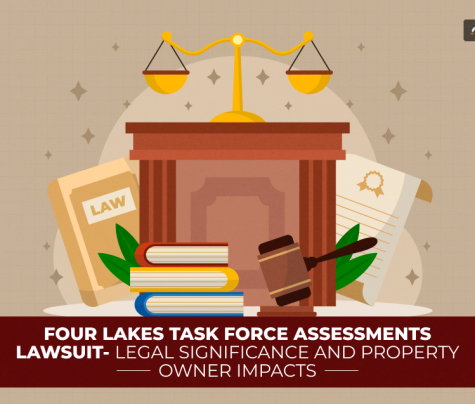
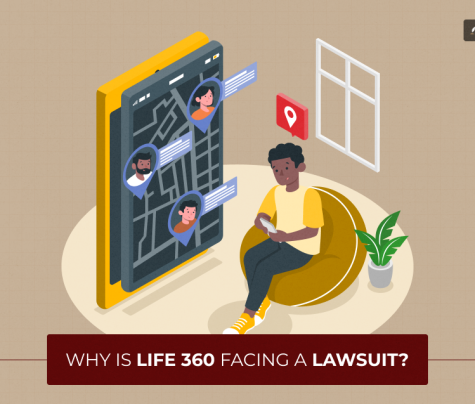
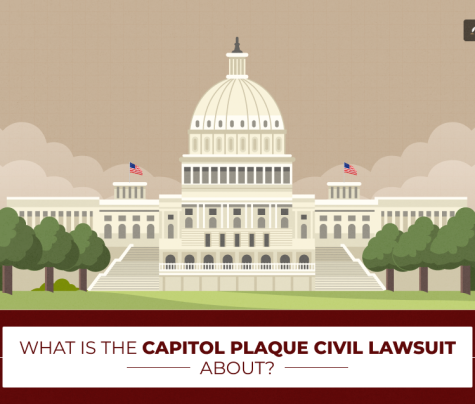
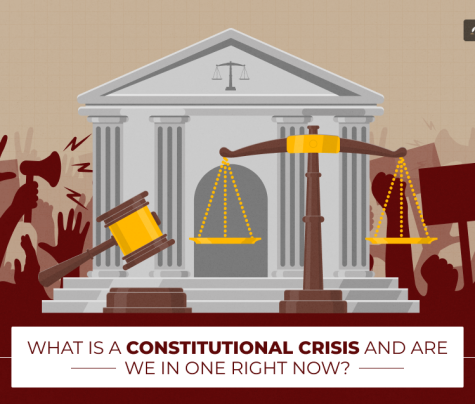
0 Reply
No comments yet.